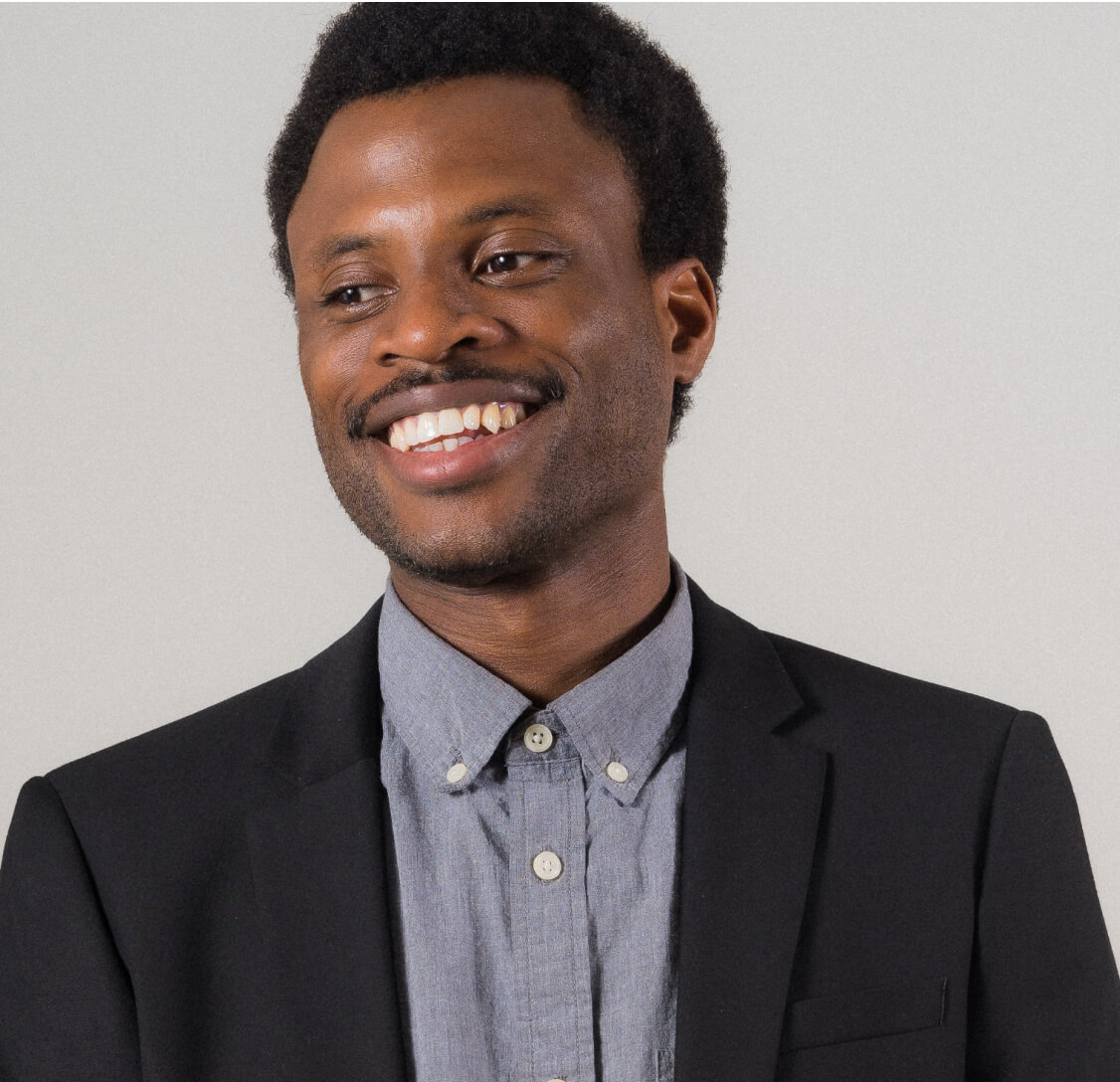Wrapping up your life and career in your home country and preparing for a fresh start as a new permanent resident (PR) in Canada can take several months or even years. So what happens if you’ve been approved for permanent residence but aren’t quite ready to relocate?
Many newcomers take the “soft landing” approach to buy more time to prepare for their new life in Canada. But what exactly is a soft landing? And is it the right approach for you? This article explains how you can do a soft landing in Canada after getting your Confirmation of Permanent Residence (COPR) as well as helps you evaluate its pros and cons.
In this article:
- What is a soft landing?
- When can I do a soft landing in Canada?
- Pros and cons of doing a soft landing in Canada
- What to bring with you for a soft landing in Canada?
- How much time should I spend in Canada during a soft landing?
- Temporary accommodation in Canada for your soft landing
- 10 essential tasks to complete during your soft landing
- How do I re-enter Canada if I haven’t received my PR card?
- How soon must I return to Canada after a soft landing?
What is a soft landing?
A soft landing allows new immigrants to come to Canada briefly to complete their immigration formalities and initiate their PR processing before moving to Canada permanently.
After being approved for permanent residence in Canada, you must travel to Canada before your Confirmation of Permanent Residence (COPR), visa, and other documents expire. So, if you aren’t ready to relocate permanently during that time, a soft landing is a good way to complete your landing formalities and get your PR paperwork started. You can then return home and plan your actual move for a later date.
Are new PRs allowed to do a soft landing in Canada?
Approved permanent residents with a valid COPR, medical test result, and visa are permitted to do a soft landing before moving to Canada permanently.
When can I do a soft landing in Canada?
You can only do a soft landing in Canada if you have a valid COPR, visa, and medical test results. Usually, you have at least a few months to do this after getting your visa stamp.
Your COPR is valid for up to one year, but in most cases, it’s much less. The validity of your COPR is linked to your medical test results, which expire one year after the date you appeared for the test. The expiry date of your immigrant visa stamp (IM-1) will coincide with the expiration date of your medical test results. So, while planning your soft landing, make sure you land in Canada before your visa expires.
| Tip: You cannot travel to Canada on expired documents. If your COPR expires, you will have to submit a new PR application, meet the eligibility criteria, and pay the fees all over again. |
Pros and cons of doing a soft landing in Canada
Some newcomers find it difficult to decide between making a soft landing and moving to Canada permanently in one go. What’s right for you will depend on your situation and level of preparedness for relocation. Here are some pros and cons for you to consider.
Advantages of doing a soft landing in Canada
More time to plan your move to Canada
A soft landing gives you more time to wrap up affairs in your home country and relocate to Canada permanently. If you don’t want to do a soft landing, you may have only a few months to relocate after receiving your COPR and visa, while a soft landing gives you a more flexible timeline.
Get your PR card before immigrating to Canada permanently
Many newcomers plan their soft landing in a way that allows them to get their PR card before leaving Canada. Your PR card processing starts when you complete your landing interview and immigration at the airport, but it takes between four and 12 weeks to receive your PR card by mail.
| Note: You don’t necessarily need to stay in Canada until you get your PR card. You can also have it mailed to a friend or family member’s address in Canada, and have them ship it to you in turn. However, you must have your PR card with you upon re-entry into Canada, so taking your PR card with you makes re-entry into Canada faster and simpler. |
Opportunity to find a job in Canada from abroad
Finding a suitable job is often the most challenging part of immigrating to Canada. Most Canadian employers prefer to hire permanent residents or citizens of Canada, and having your PR card and Social Insurance Number (SIN) will give you an advantage. Doing a soft landing gives you time to complete initial formalities, such as obtaining your SIN.
As a PR holder, you’ll be more likely to land a job before settling in Canada. Once you have a job, you can plan your landing date, or in some cases, even start working remotely from outside Canada until you’re ready to relocate.
Continue working in your home country
Another advantage of a soft landing is that you can return home and continue your existing job until you’re ready to move to Canada permanently. Not only will this keep you busy and motivated while you search for job opportunities in Canada, it’ll also help increase your savings, so you’re in a better financial position when you move. In addition, you’ll avoid having an employment gap on your resume.
Save on living expenses in Canada
Let’s face it, the cost of living in Canada can be high compared to other countries. New PRs who move to Canada without a soft landing often have to dip into savings to cover living expenses during their initial months. In many instances, newcomers have to take survival jobs in Canada to make ends meet.
If the cost of living in your home country is lower compared to Canada, a soft landing can help you save thousands of dollars and give you more time to find a suitable job in your field.
Familiarize yourself with your new city before moving
When moving to a new country, it takes time to familiarize yourself with the city, its culture, and the people around you. A soft landing gives you a better idea of your future life, so you can avoid culture shock when you move permanently. It’s also an opportunity to explore the country, visit other cities in Canada, and find an ideal neighbourhood to live in.
Disadvantages of doing a soft landing in Canada
The upfront cost of a soft landing is high
For most newcomers, the biggest argument against a soft landing in Canada is the additional expense it involves. If you opt for a soft landing, you’ll need to pay for the extra return flight ticket—an expense that could be avoided altogether if you were moving permanently. You should also factor in the cost of your accommodation, food, and other expenses during your visit.
Less time to meet the physical residency requirement for PR renewal and citizenship
Ideally, you should avoid delaying your permanent move to Canada for longer than necessary. Although your PR card is valid for five years, you must be physically present in Canada for at least two of the five years (730 days) to be eligible to renew your permanent residence. To apply for Canadian citizenship, you must be physically present in Canada as a PR for at least three years (1095 days) in the five years immediately preceding your application.
What to bring with you for a soft landing in Canada
For the most part, the essential documents needed for a soft landing in Canada are similar to those required for a permanent move. Here are the key things to bring with you for your soft landing:
- Passport with a valid IM-1 visa (if needed): You cannot travel to Canada without a valid passport and visa (if needed). New COPR holders who require a visa to enter Canada receive a single-entry IM-1 visa which expires on the anniversary of their medical test result.
- Valid COPR: At your port of landing, the immigration officer will check your original COPR, along with your passport and other key documents before processing your PR application.
- Proof of funds: If you qualified for PR under the Express Entry Federal Skilled Worker (FSW) or Federal Skilled Trades Program (FSTP), or a Provincial Nominee Program (PNP) stream that doesn’t require a job offer, you must bring proof of settlement funds when you enter Canada for the first time. This can be in the form of cash, bank drafts, traveller cheques, or an official letter from your bank.
- Forms B4 & B4A: To bring your belongings to Canada without paying any duties, you must submit forms B4 and B4A (also known as BSF186 and BSF186A) to the customs officer when you land in Canada for the first time. The B4A or the goods-to-follow form is crucial for your soft landing and it should include all belongings you intend to bring into Canada later.
| Tip: You will need to show your original B4A goods-to-follow form and attached photographs to bring your belongings duty-free while moving to Canada permanently. |
- Currency: Bring enough currency (in Canadian dollars) to cover expenses during your stay. You can also start the process of opening a Canadian bank account before arriving for easier access to your funds during your soft landing.
- Prescriptions and medication: If you are taking any medications, carry your prescriptions and enough medication to last during your trip.
- Travel insurance: Without provincial health coverage, healthcare costs in Canada can be quite high. It’s a good practice to purchase health insurance with adequate coverage for the duration of your travel to Canada.
How much time should I spend in Canada during a soft landing?
There are no restrictions on how long you can stay in Canada during your soft landing. Ideally, you should remain in Canada long enough to get your PR card by mail, unless you have close friends or family in Canada who can receive and ship your PR card to you.
It can take up to 12 weeks for your PR card to be delivered, and it’s not always possible for newcomers to stay in Canada for that long during their soft landing. If you’re confident that your PR card will be in safe hands, schedule at least four to six weeks for your trip. This will give you enough time to complete essential post-arrival tasks and explore your future city.
Temporary accommodation in Canada for your soft landing
Regardless of how long you’re staying in Canada, you’ll need to book temporary accommodation for the duration of your soft landing. Here are some accommodation options to explore for your stay:
- Staying with friends or family in Canada: This will help save on accommodation costs, and you’ll also have a support system to guide you through key post-arrival tasks.
- Book a hotel, hostel, B&B, or short-term rental: Websites such as Expedia, Hotels.com, Booking, Airbnb, VRBO, and HiHostels are great platforms to find short-term rental options for your stay.
- Find a homestay: Many families in Canada host guests in their homes for short periods. Some homestay arrangements even include one or more meals per day. You can find accommodation listings in Toronto and Vancouver on Homestay.com.
10 essential tasks to complete during your soft landing
There are several things you can check off your to-do list during your soft landing in Canada. Completing these tasks in advance of your permanent arrival will help you prepare for your move and give you a headstart in the process of settling into your new country:
Get your PR card
Your PR application gets processed at your port of landing, and ideally, you want to remain in Canada until it’s delivered to you. If you’re leaving early and getting your PR card delivered to a friend/family member’s address instead, track your application status on the IRCC website. Once your card is dispatched, check with your friend/family to confirm its receipt. If your PR card is not delivered within six weeks after being mailed, you may need to file a solemn declaration.
Get your Social Insurance Number (SIN)
You need a SIN to work in Canada and apply for government benefits. During your soft landing, apply for a SIN online, by mail, or in person at a Service Canada Centre. Some international airports, including Toronto Pearson Airport, also have Service Canada Centres. If you apply for a SIN in person, you will receive it the same day, but if you apply online or by mail, it can take up to 20 days for your SIN to arrive.
Open a Canadian bank account
You can book an appointment to open a bank account before arriving in Canada. A Canadian bank account will give you access to your funds during your soft landing and make it easier to transfer money from your home country when you’re ready to relocate permanently. You should also apply for a Canadian credit card so you can start building your credit history right away. If you’re getting a Canadian SIM, for instance, you can use your Canadian credit card to pay your phone bill (remember to pay off your credit card bill on time and in full) so you’ve built some credit history before moving to Canada permanently.
Get a driver’s license or provincial photo ID
A provincial photo identification card or driver’s license is a commonly accepted form of identity proof for various official transactions. Usually, you cannot have both a driver’s license and a photo ID at the same time. So if you intend to drive in Canada, it’s best to apply for a driver’s license.
Most Canadian provinces have a graduated driver’s licensing system, with a knowledge test being the first step. If possible, complete your driving knowledge exam and collect your first license during your soft landing, so you can qualify for a full license sooner.
Get a Canadian SIM card
Although getting a Canadian SIM card during your soft landing isn’t necessary, having phone service and data during your trip can be useful. A prepaid Canadian phone number will also make it easier for employers to contact you when you start applying for jobs in Canada.
Get your provincial health card
If there’s no waiting period in your province, consider applying for a provincial health card during your soft landing. However, you should only apply if you’re sure about the province you’ll settle in and intend to move permanently within a few months.
You must maintain certain residency requirements to keep your provincial health coverage valid. Ontario Health Insurance Program (OHIP), for instance, becomes invalid if you remain outside Ontario for 212 days in any 12-month period.
Explore the city and shortlist neighbourhoods
Shortlisting neighbourhood options ahead of time makes finding permanent accommodation in your chosen city easier when you return to settle. A soft landing gives you an opportunity to learn about housing types and rental prices in various parts of the city, so you can narrow down on accommodation options in your budget. Additional factors to consider while choosing a neighbourhood are walk and transit scores, distance from the commercial hub or downtown, and the availability of schools and other services in the area.
Travel around Canada to find your new home city
If you aren’t sure which city to settle in, your soft landing is a good time to travel around Canada and explore your options. Carefully consider all the factors you’re looking for in your future city, including the job market, cost of living, and accessibility before making up your mind. This will save you the hassle of having to relocate to another city after you move to Canada permanently.
Reconnect with friends and family in Canada
Many newcomers have existing connections in Canada, whether it’s family members, old friends, school alumni, or other acquaintances who moved to Canada earlier. Reconnecting with them is the easiest way to start building your social and professional network. Your connections may be able to give you tips about moving, introduce you to others in their network, and even refer you to jobs in Canada.
Build your professional network
Your soft landing is also a good opportunity to meet people in your industry or profession and build your network. These networking meetings will help you understand the local job market, hiring practices and key skills employers in your industry look for. Your network can also be invaluable when you start actively applying for jobs, want to leverage your network’s connections, or need a mentor or job referral.
How do I re-enter Canada without my PR card?
If you did not receive your PR card during your soft landing and had it mailed to a friend or family member’s address instead, ideally, you should ask them to ship it to you using a secure courier service. However, if that isn’t an option and you must return to Canada before receiving your PR card, you’ll need a Permanent Resident Travel Document (PRTD) to enter Canada.
The PRTD is a single-entry travel document that allows permanent residents without a PR card to enter Canada. You can only apply for a PRTD from outside Canada. Depending on your country, the PRTD application process may be online or paper-based, and, as of August 2022, the PRTD application fee is $50 CAD.
How soon must I return to Canada after a soft landing?
After your soft landing, you must move to Canada permanently within three years to qualify for renewal of your permanent residence. If you have your sights set on Canadian citizenship, you should ideally return to Canada permanently within two years of your soft landing, to meet the physical presence requirement.
Making a soft landing in Canada is a great way to buy more time before your permanent move. If you aren’t fully ready to immigrate before your COPR and visa expire, you can still visit Canada and get your PR process started. With your PR card in hand, you can continue your job search process from abroad and relocate to Canada with more preparation.








